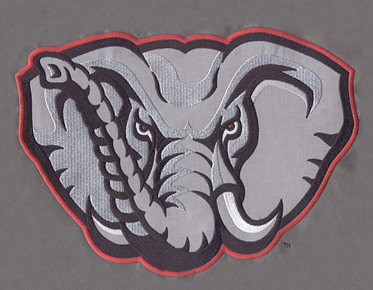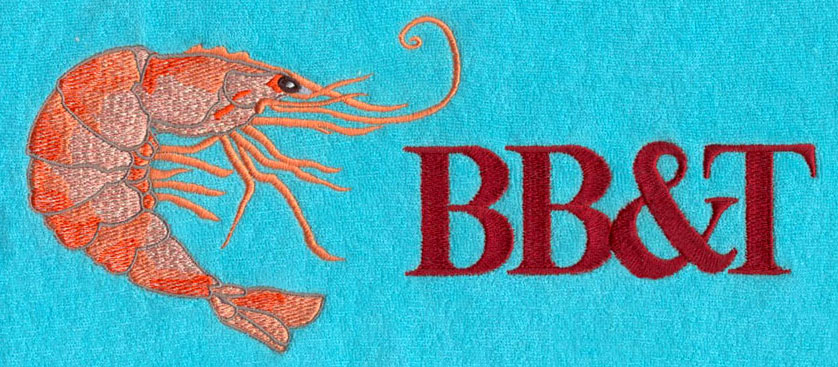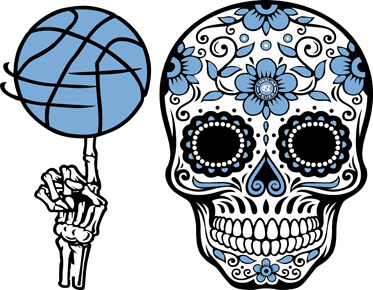Embroidery and Conservation: Stitching Awareness for Nature
In the realm of creativity, where threads weave tales, there emerges a unique alliance between the art of embroidery and the call of conservation. This is not merely a crafting trend; it's a movement that stitches together the delicate beauty of nature with the intricate artistry of needle and thread. Welcome to the world where embroidery becomes a medium for environmental awareness, a canvas where stitches echo the urgent need for conservation. In this blog, we delve into the symbiotic relationship between embroidery and conservation, exploring how threads can be agents of change.
Embroidering for Earth: The Rise of Conscious Crafting
1.
Crafting Change: The Green Thread of Embroidery
Embroidery, traditionally associated with aesthetics, is now donning a new role – that of an advocate for the environment. From lush landscapes to endangered species, contemporary embroidery is becoming a powerful tool to spread awareness about environmental issues. The rise of conscious crafting is evident as needles thread the delicate balance of ecosystems into every stitch.
2. The
Stitched Narrative:
Embroidery allows artists to tell stories without words. Conservation narratives find expression in every meticulous stitch. Whether it's the plight of endangered animals, the impact of climate change, or the beauty of biodiversity, the embroidered narrative serves as a silent call to action, urging us to be mindful custodians of our planet.
Threads of Change: Materials and Techniques for Conservation Embroidery
1.
Eco-Friendly Fibers:
Conservation embroidery starts with the very fabric it adorns. The use of eco-friendly fibers, such as organic cotton and sustainably sourced threads, minimizes the ecological footprint of the art. This commitment to sustainable materials aligns with the ethos of conservation, ensuring that even the creation process is environmentally responsible.
2.
Upcycled Artistry:
The beauty of conservation embroidery lies in repurposing and upcycling. Artists are breathing new life into discarded textiles, turning old garments into canvases for their environmental messages. This sustainable approach not only reduces waste but also transforms forgotten fabrics into impactful pieces of art.
Creative Expression: Stitching Awareness into Every Thread
1.
Threaded Advocacy: Embroidering Awareness, One Stitch at a Time
Conservation embroidery transcends traditional aesthetics, embracing a wider canvas of creativity. Artists are stitching awareness through intricate depictions of threatened ecosystems, endangered species, and the delicate balance of nature. The intent is not only to create visually stunning pieces but to spark conversations that amplify the urgency of conservation efforts.
2. Art
for Activism:
Embroidery is stepping into the realm of activism, with artists using their creations to fundraise for environmental causes. From wildlife conservation organizations to climate action initiatives, embroidered artworks are becoming both symbols of solidarity and powerful tools for fundraising, turning creativity into a force for positive change.
Conclusion: Stitching a
Sustainable Future
As the last stitch binds the embroidered message, the silent dialogue between art and conservation continues. Conservation embroidery is not just a trend; it's a movement that invites artists and enthusiasts alike to be ambassadors for the environment. The delicate threads that bring nature to life on fabric are also threads of change, stitching a sustainable future into the fabric of our consciousness.
So, as you embark on your next embroidery
project, consider the impact your stitches can make beyond the frame. Let every
needle movement be a whisper for the trees, a plea for the oceans, and a
celebration of the diversity that makes our planet extraordinary. Conservation
embroidery is more than an art form; it's a commitment to weaving a sustainable
narrative that echoes through generations.



